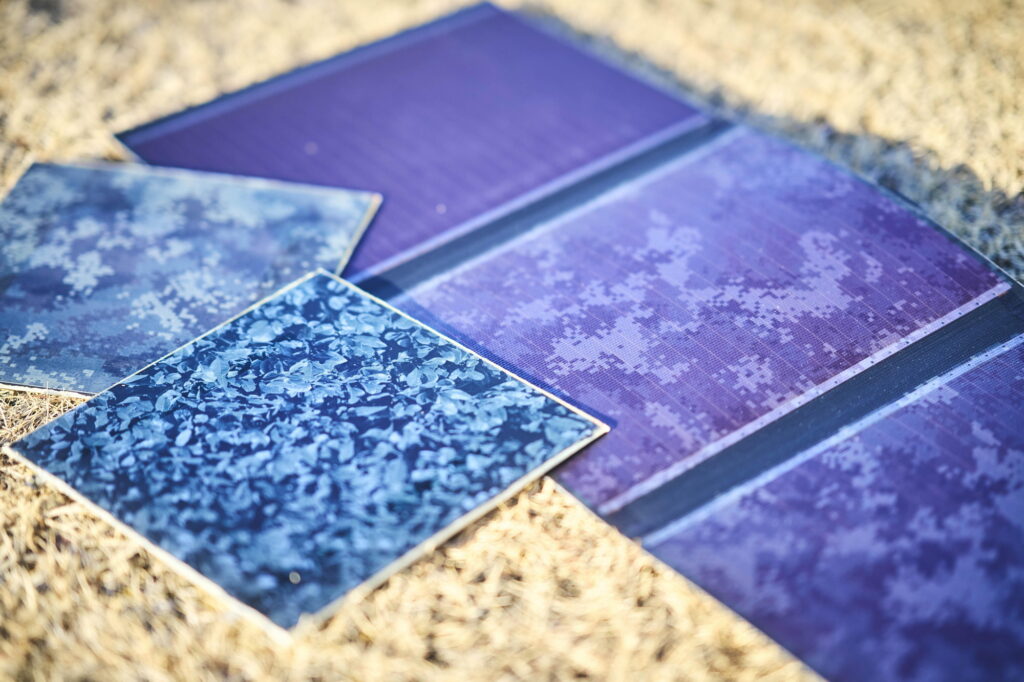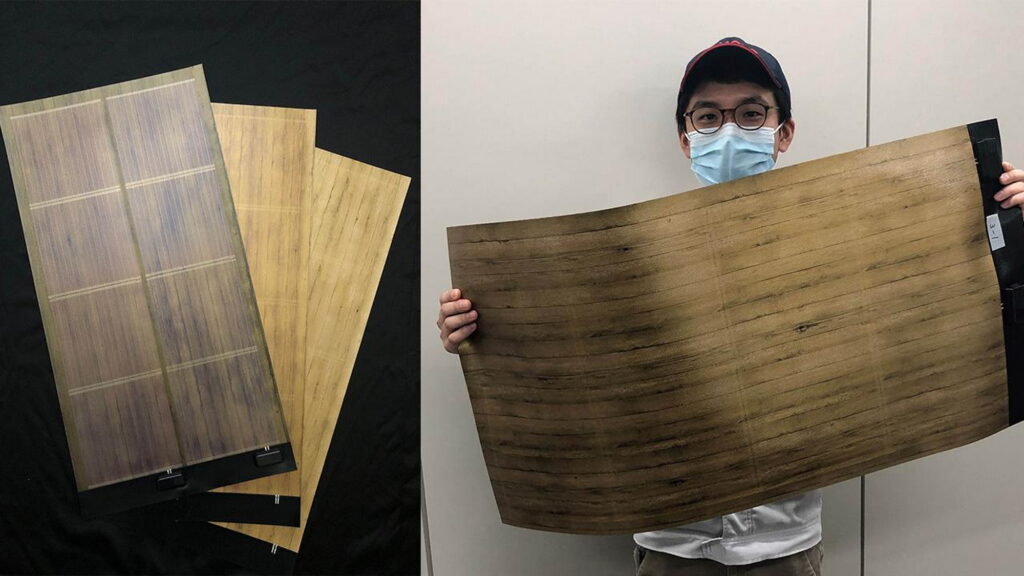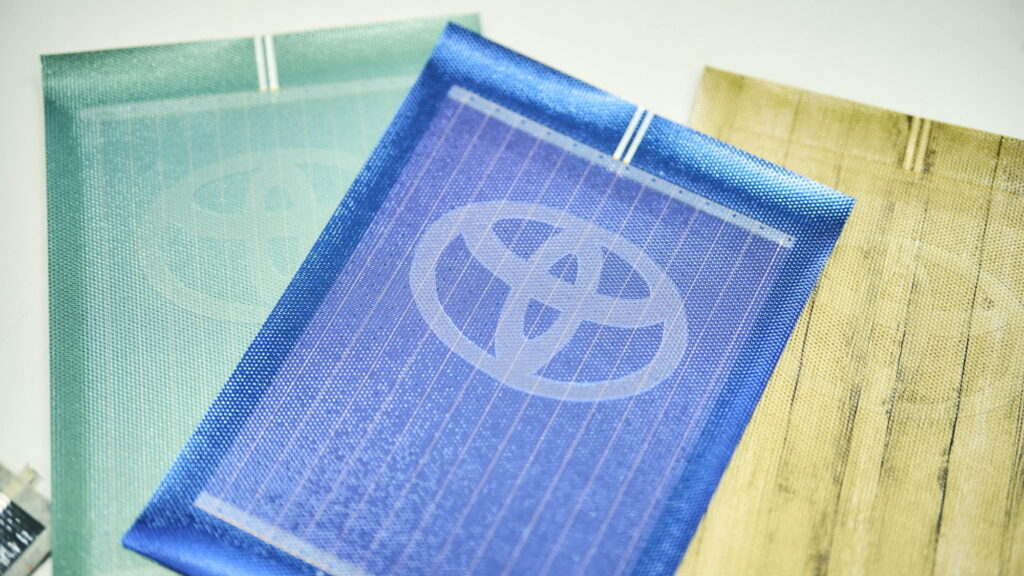If we asked you to think of a solar panel, it would likely conjure images of a boring black rectangle in your mind. But Toyota is working to change that, with a first-of-its-kind technology that allows solar panels to be decorated with a number of colors and designs.
The reason that Toyota is the first company to come up with colorful solar panels isn’t that it was the first to think it might be a nice idea. It’s actually because colors block light, and that affects the efficiency of a solar panel.
As a result, most people thought that decorating solar panels was out of the question. However, Taizo Masuda, Toyota’s group manager for carbon-neutral development, understood that people are more likely to use a technology they find pleasing, and sought to find a way to develop solar panels that could be decorated.
The key to solving the color issue came from his position with the automaker. The pigments used in automotive paint can be thought of as translucent, and reflect only specific wavelengths of light. All others are allowed to go through and generate power.
Read: Rimac Energy Brings EV Hypercar Know-How To Static Energy Storage Market

While the paint does still have an effect on the efficiency of the panel, with the help of Toyota’s partner Nippon Paint Automotive Coatings and F-Wave, a solar cell retailer, Masuda and his team were able to develop a panel that was both colorful and efficient.
Now, Toyota is looking at potentially applying this technology to its vehicles, but challenges remain on that front.
“The biggest hurdle is the difficulty of fabricating solar panels to precisely fit the unevenness of car surfaces,” said Masuda. “In addition, boosting the color of the decorative film impacts generating efficiency, so we face a tradeoff between the aesthetic aspect and the amount of power that can be produced. Bridging that gap is the key to our research and development moving forward.”
Masuda sees this technology as being useful in other aspects of life as well. He suggests that the panels are colorful enough to be used in all kinds of buildings, including temples and other historical sites whose aesthetics it is important to protect.

Moreover, the panels don’t need to be rigid. That’s drawing the attention of the makers of clothing for workers who labor under the hot sun. These items are frequently equipped with fans, but the power of this cooling technology must be regulated to extend battery life. If the clothes were generating power all day, the only consideration would be the comfort of the person wearing the uniform. Hikers and other outdoor enthusiasts could also find the panels useful.
More research still needs to be done, and the technology must be developed further to bring down costs, but Masuda and his protégé, Ryota Tomizawa, say that this technology is a perfect expression of their views on green innovation, as a source of hope, not compromise.
“Carbon neutrality tends to be seen as quotas that must be reached, but for me, this development is about the positive aspects of contributing to people’s happiness with solar panels that bring color to our cities,” said Tomizawa.











